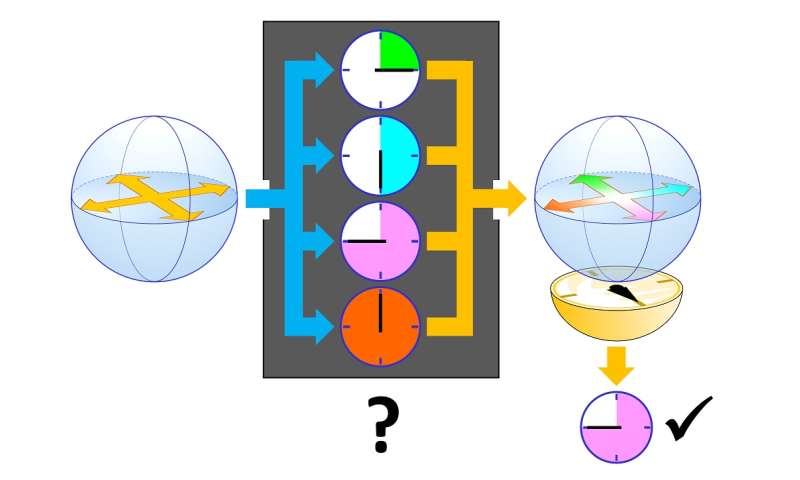Best of Last Week—Usefulness of quantum weirdness, using CRISPR on a human embryo and butter found to be not so harmful

(ScienceX)—It was another good week for physics as a team at the U.S. Department of Energy's Ames Laboratory announced that they had discovered a new type of material that may speed computing—called PtSn4, it is a topological metal that might lead to highly efficient computers. A team with members from MIT and Universidad Nacional Autónoma de México found that spinning cells could attract each other across surprisingly long distances, even when they were placed at distances up to ten times their size. And an international team of researchers published two papers attempting to quantify the usefulness of 'quantum weirdness,' such as the degree of usefulness of coherence in creating quantum computers.
In news from space, a combined team of researchers from the University of Cape Town and the University of the Western Cape reported on their discovery of a mysterious alignment of black holes—oddly, they were all emitting jets in the same direction. And researchers working at the U.S. Department of Energy's SLAC National Accelerator Laboratory reported on their efforts to recreate the extreme universe in the lab via experimentation and computer simulations. Also, a team at Carnegie Institution for Science reported finding a 1917 astronomical plate that had the first-ever evidence of an exoplanetary system in the spectrum of van Maanen's star.
In other news, an international team of researchers reported that microbots can clean up polluted water, including removing up to 95 percent of the lead in a sample of polluted water. Also, a Chinese team used CRISPR to genetically modify a human embryo hoping to see if it might be possible to produce babies that are resistant to HIV infections and quite naturally causing a stir in the science and ethics communities. And a team at Rice University found that reconfigured Tesla coils aligned and electrified materials from a distance due to the strong force they emitted. They also report that they could even generate a tractor-beam-like effect with the coil.
And finally, if you are one of the millions of people who have given up using butter in favor of artificial substitutes, you might be interested in a report by a team of researchers who uncovered more evidence that using vegetable oils instead of butter does not decrease risk of heart disease—which means maybe you can go back to the more tasty option.
© 2016 ScienceX